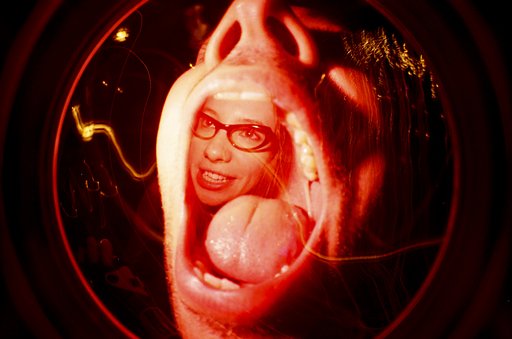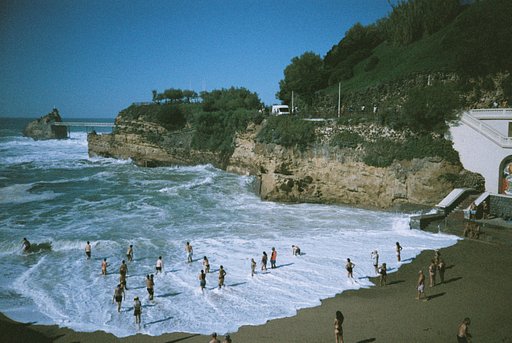Lomopedia: Nikon FM
1 10 Share TweetMechanical cameras will always have a place in any photographer’s heart. It’s reliable, easy to repair, and more affordable compared to their electronic counterparts. Camera not working? Probably just needs a little TLC or a quick trip to the camera repair shop for replacement parts. That’s how dependable mechanical cameras are.

The Nikon FM is an all-mechanical 35mm SLR that was introduced to the market way back in 1977. Imagine that, 41 years have gone by and it still wins the hearts of photographers all over the world with its timeless design and durability. Many years may have passed but it’s still taking photos like it was made just yesterday.
In this tech-crazed world, specs are one of the first things buyers look at. After all, going for the latest and most advanced gear has become the trend across all markets. The Nikon FM doesn’t have that even when it was first released in the market in 1977. What it had to offer was good build quality that was expected from Nikon cameras and a no-fuss approach to photography. It’s not filled with features that top-of-the-line cameras had but it was more than able to carry its weight.

One good quality of the FM was its ability to take all Nikon lenses made from 1958 through today regardless if they’re auto or manual focus (thanks to its Nikon F bayonet mount). That’s a big plus especially for photographers who have invested greatly in good quality Nikon optics. The FM was made by Nikon for advanced amateur photographers who are looking for a bit more than just bare bones specs and functionality.
Now, on to its build quality. The Nikon FM was constructed almost entirely from metal. This meant it was more durable, felt substantial in the hands, and reliable even after years of hard use. Being a mechanical camera, the FM didn’t need batteries to operate (only the light meter needed cells to function). That meant great longevity with little upkeep. It will keep on taking photos until it’s beyond repair.
While other camera manufacturers were trying to infiltrate the market with subcompact cameras, Nikon chose to stay on the path they knew best — sturdy all-metal SLRs and the FM is the product of that choice. Instead of going with the trend, Nikon trusted their gut and produced a camera that wasn’t just about fancy features. They used high-quality materials, precise machining, and good overall design that led to the birth of the FM.
Aesthetics-wise, the Nikon FM is a beautiful camera. It had a minimalist look to it that followed function more than form. Dials are nicely sized and strategically placed, the exposed metal parts on the body don’t look clunky at all. It’s just a clean camera to look at and it aged well. Not too shabby for a 41-year-old camera, eh?
Photos Taken by Our Community
Technical Specifications
Production period (later availability via stock): 1977 to 1982
Lens meter coupling type: AI (Automatic maximum aperture Indexing)
Aperture coupling range: N/A
ASA film speed range: ISO 12 to 3200
EV range at ASA 100: EV 1 to 18
Meter sensor type if applicable: TTL 60?40 centre weighted GaP photodiode
Shutter type and curtain material: Vertical titanium foil focal-plane mechanical
Shutter speed range: 1 to 1/1000 second + Bulb
Auto exposure modes available: None
Flash exposure type and sync speed: Electronic flash hot shoe 1/125 second
Interchangeable focusing screens: K split-image microprism - B matte - E grid
Interchangeable viewfinder heads: No
Interchangeable backs: Nikon MF-12 databack (date and time)
Film advance method: Single stroke lever
Motor drive or Auto winder availability: MD-11 or later MD-12 (3.5 fps) motor drive
Film rewind method: Manual folding crank
Self Timer: Yes, 8 to 14 seconds
Battery type and number required: Two S76 1.5v silver oxide batteries
Body weight without lens attached: 590 g
Technical specs can be found on Photographic Hardware website.
Information used in this article was sourced from Ken Rockwell, Wikipedia, and Casual Photophile.
written by cheeo on 2018-06-26 #gear #lomopedia #slr #gear #nikon-fm #lomopedia
























One Comment